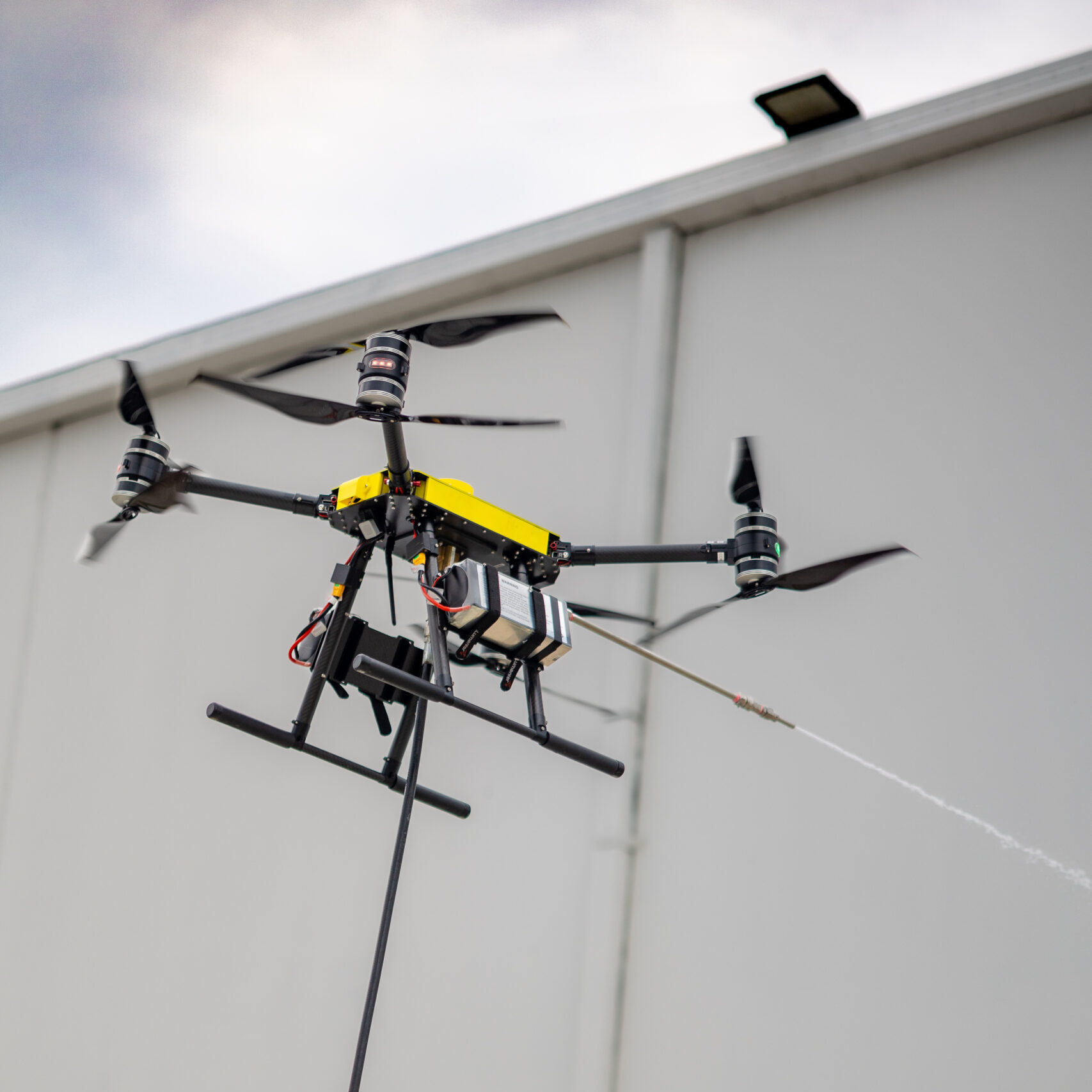What Facilities Can Benefit From Drone Powered Exterior Cleaning Services?
Drone cleaning provides significant benefits across various industries where safety, efficiency, and cost-effectiveness are crucial. Here’s an overview of the industries that benefit the most.
Key Advantages Across Industries
- Safety: Reduces risks associated with working at heights.
- Cost-Efficiency: Lowers labor and equipment costs.
- Eco-Friendly: Utilizes water-efficient, biodegradable cleaning solutions.
- Efficiency: Speeds up cleaning processes, minimizing downtime.
By leveraging drone technology, these industries can maintain their assets more efficiently while improving safety, sustainability, and overall operational effectiveness.
Commercial Real Estate

- Who Benefits: Property management companies, commercial building owners, and developers.
- Why:
- Drone cleaning effectively maintains facades, windows, and exterior structures of high-rise commercial buildings.
- Enhances the aesthetic appeal and longevity of properties with minimal disruptions to tenant operations.
- Reduces the need for scaffolding and heavy equipment, minimising liability risks.
- Examples: Window cleaning, facade maintenance, solar panels, rooftop inspections, and signage cleaning.
Industrial Facilities
- Who Benefits: Factories, warehouses, and manufacturing plants.
- Why:
- Drones provide efficient cleaning for hard-to-reach areas, such as silos, chimneys, and large exterior walls and facades.
- Reduces downtime by performing faster and safer cleaning compared to traditional methods.
- Minimises worker exposure to hazardous conditions in industrial environments.

- Examples: Cleaning industrial facades, machinery exteriors, and cooling towers.
Renewable Energy
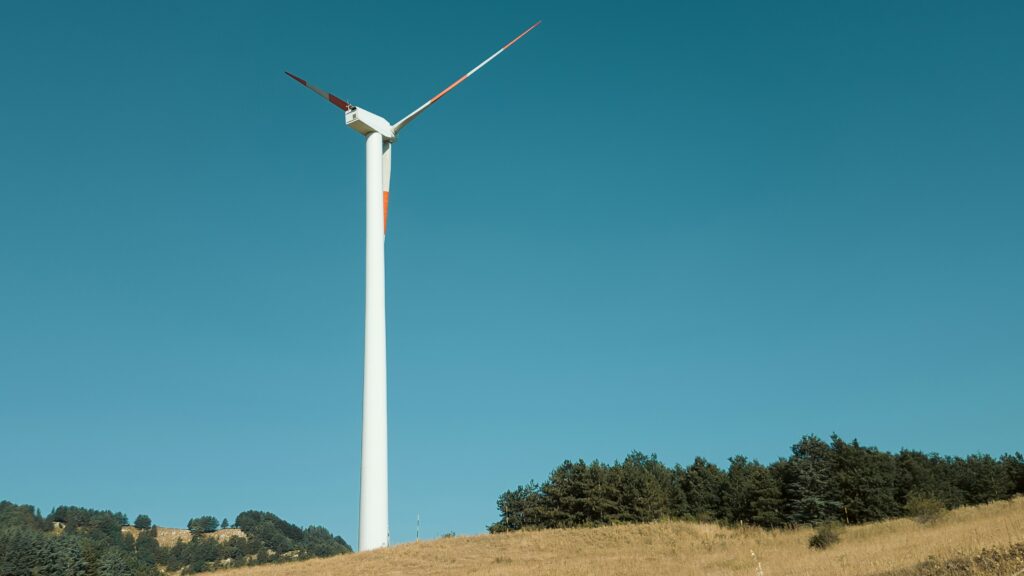
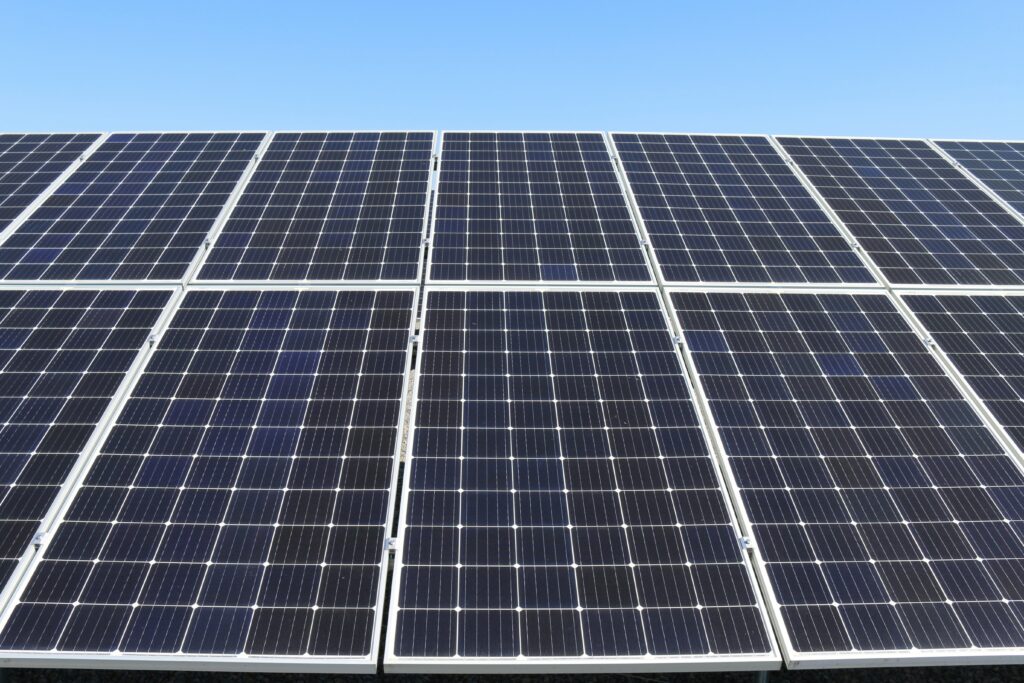
- Who Benefits: Solar and wind energy companies.
- Why:
- Keeps solar panels clean to ensure maximum energy efficiency.
- Maintains wind turbines by removing dirt and debris that can impact performance.
- Accesses high structures like turbines safely without requiring technicians to climb.
- Examples: Cleaning solar panels and wind turbine blades.
Hospitality and Tourism
- Who Benefits: Hotels, resorts, and entertainment venues.
- Why:
- Ensures a pristine exterior appearance, crucial for attracting guests.
- Reduces disruptions to operations and guest experiences during maintenance.
- Maintains cleanliness for pools, glass facades, and outdoor areas.

- Examples: Cleaning building exteriors, balconies, pool areas, and signage.
Retail and Shopping Centres
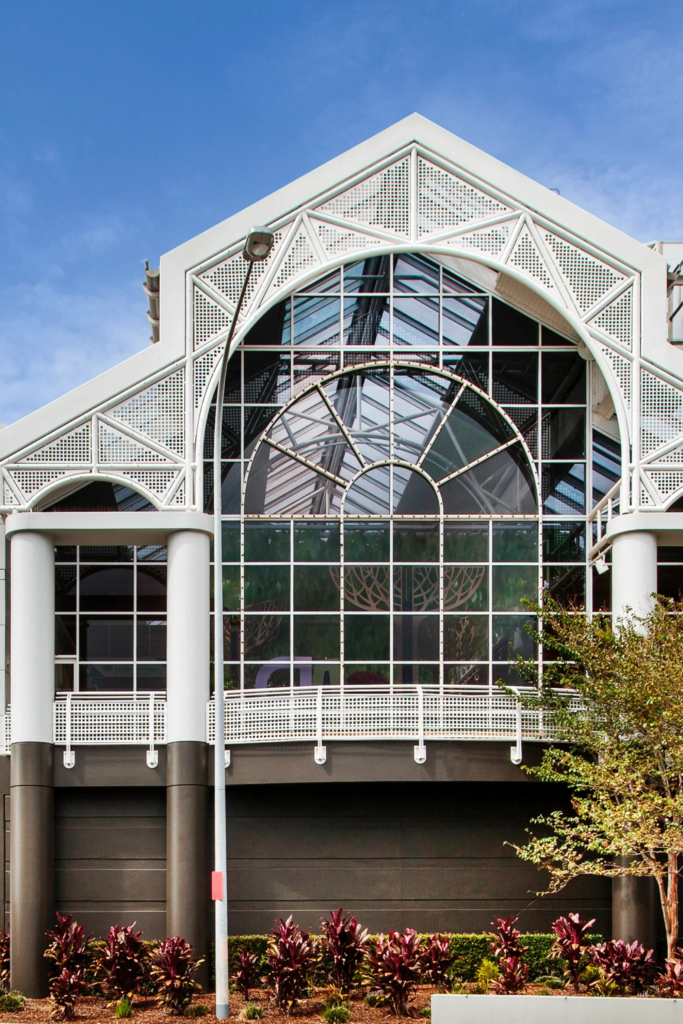
- Who Benefits: Shopping Centre Complexes, big-box retailers, and retail chains.
- Why:
- Regular cleaning enhances the visual appeal of storefronts and signage.
- Efficient cleaning minimises disruptions to foot traffic and retail operations.
- Drone technology is particularly effective for cleaning expansive glass exteriors and large rooftop signage.
- Examples: Car Park Exterior Facades, Complex Window cleaning, facade maintenance, and signage cleaning.
Transportation and Infrastructure
- Who Benefits: Truck Fleets, Bus Fleets, Airports, railway stations, and transportation hubs.
- Why:
- Drones are tethered – so limits the risk of fly-aways at an airport, can clean large glass panels, exterior walls, and ceilings in high-traffic areas efficiently.
- Reduces operational delays and ensures cleanliness in public spaces.
- Useful for maintaining parking structures and bridges.
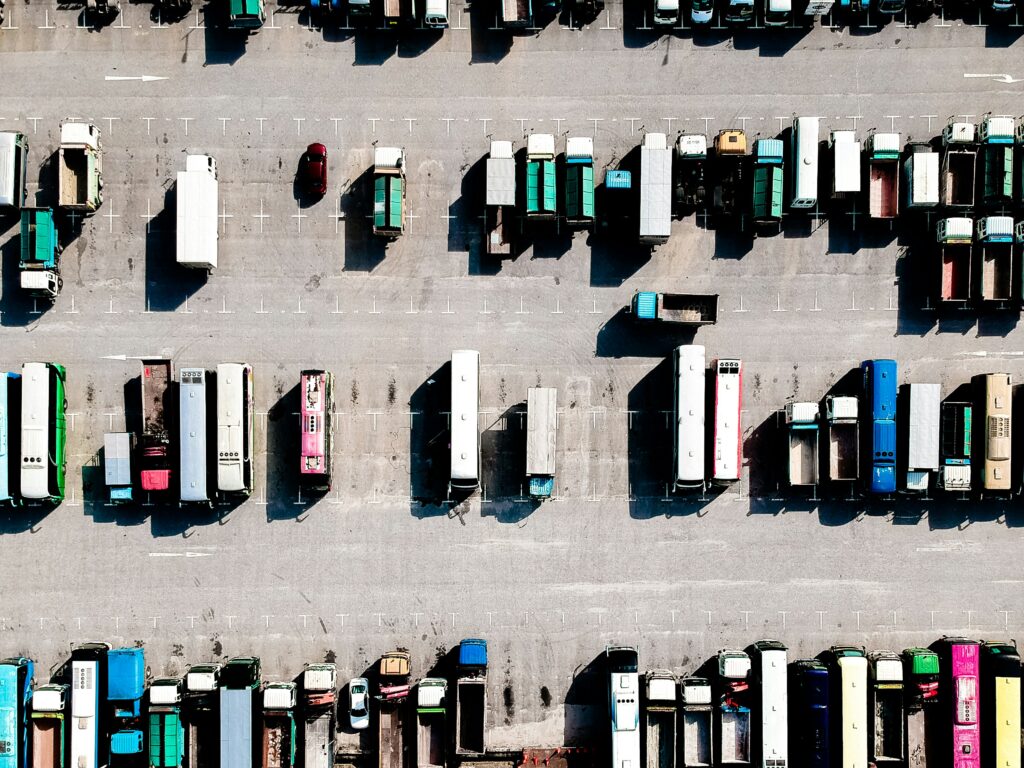
- Examples: Cleaning exterior surfaces of terminals, bridges, and parking facilities, cleaning busses or trucks with trailers
Sports and Entertainment Venues
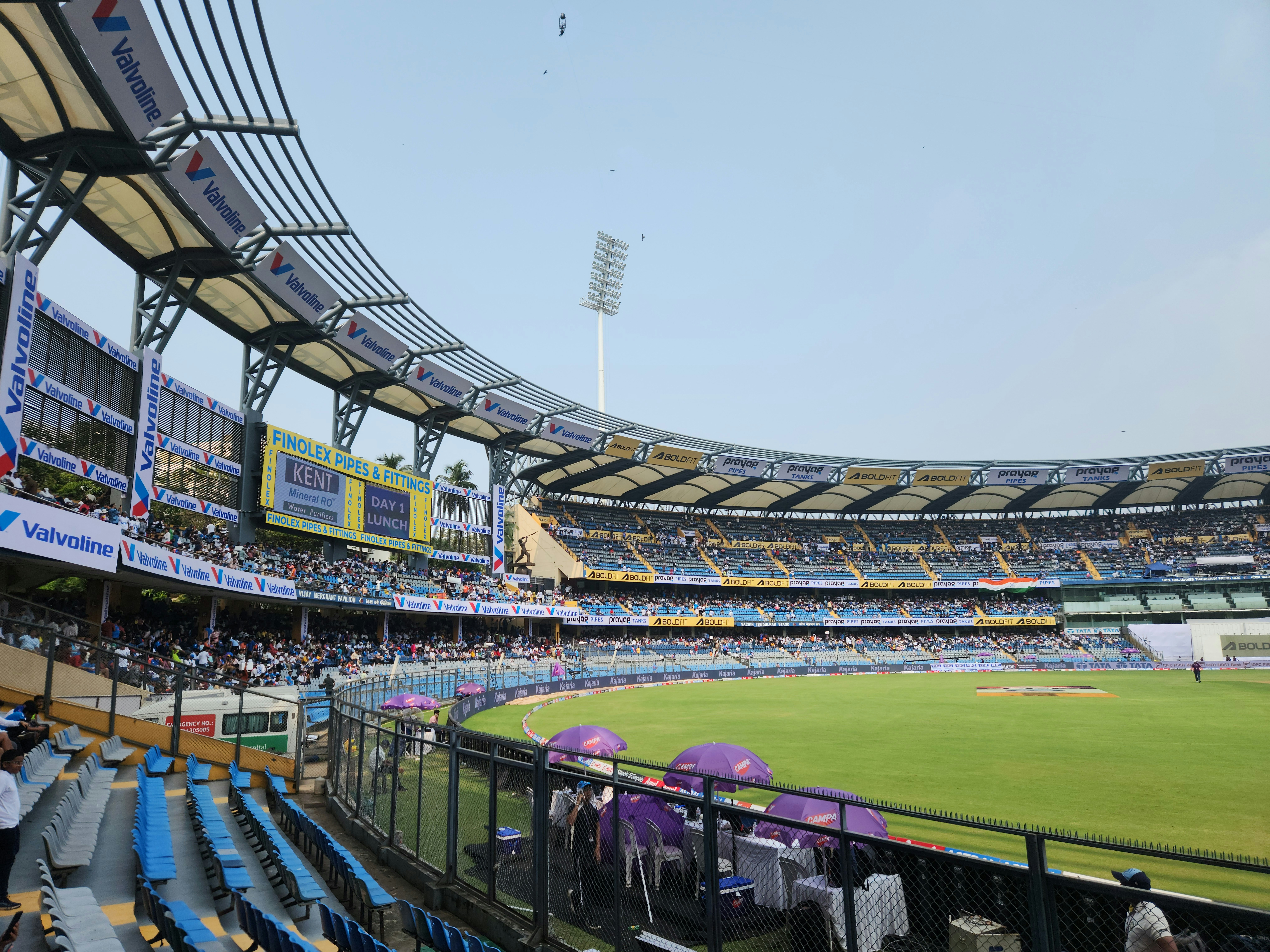
- Who Benefits: Stadiums, arenas, and event venues.
- Why:
- Ensures a clean and professional appearance for events.
- Reduces downtime for cleaning large, complex structures like stadium roofs and seating areas.
- Minimises risks associated with high-elevation cleaning.
- Use Cases: Cleaning stadium facades, roofs, and seating areas.
- Examples: Cleaning stadium facades, roofs, and seating areas.
Healthcare and Education
- Who Benefits: Hospitals, clinics, and universities.
- Why:
- Maintains hygiene and cleanliness of large campuses and multi-story buildings.
- Minimises disruption to patients and students during maintenance.
- Ensures compliance with health and safety standards.

- Examples: Cleaning building exteriors, windows, and campus signage.

